- News >
- Symbolism and Significance of Passport Colors
Symbolism and Significance of Passport Colors
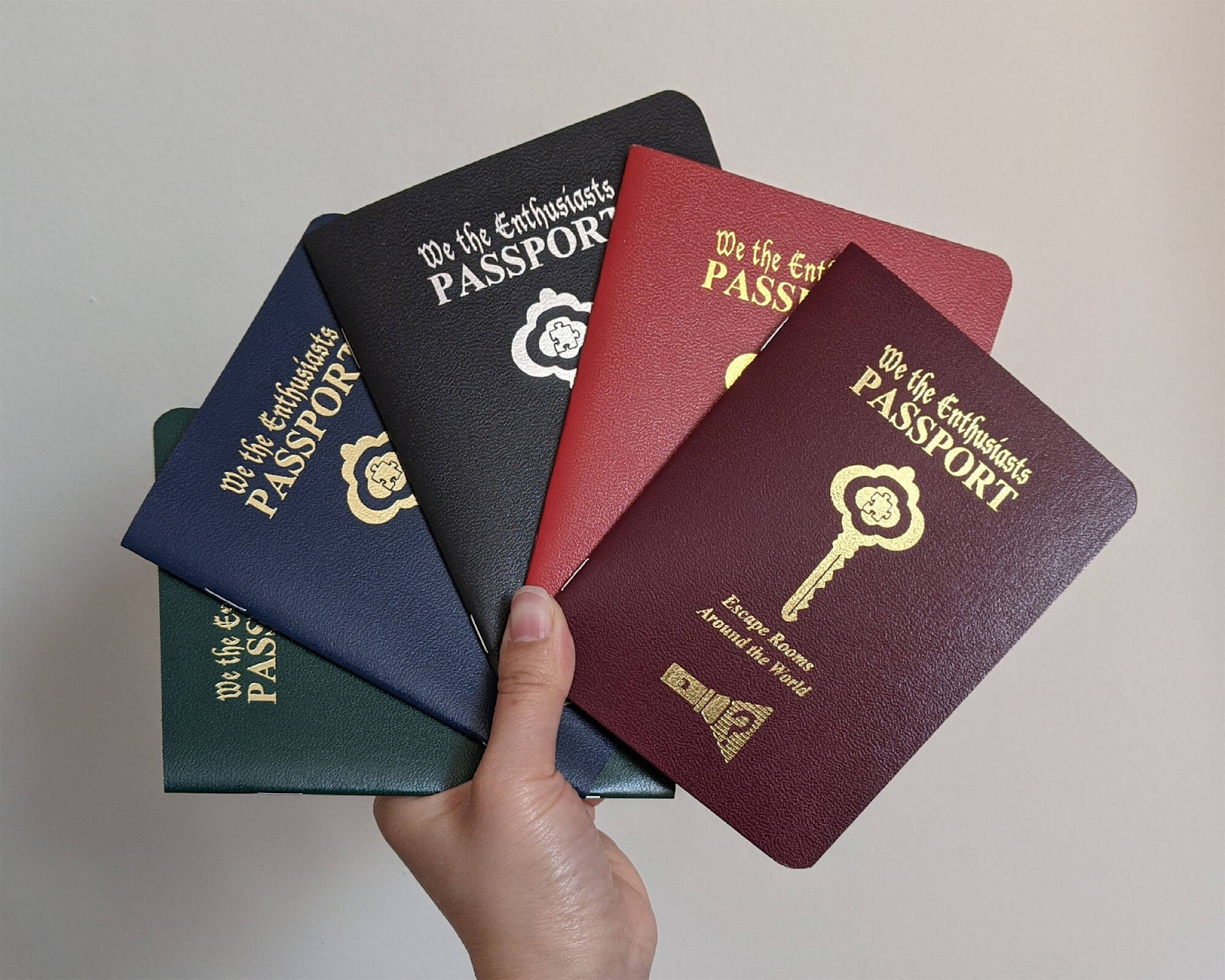
Travel is a fundamental aspect of many individuals' everyday lives, as people traverse the globe for a myriad of reasons. Passports serve as a crucial component of this journey, and if you're contemplating international travel, your passport is a must-pack item. Interestingly, passports themselves boast a vibrant world of diversity when it comes to their colours. Various nations opt for distinct passport hues that hold symbolic significance for their countries. But how are these colours selected, and what do they symbolise?
The Passport Colors
When it comes to the colours and design of passports worldwide, there isn't a single global authority that mandates these choices. The International Civil Aviation Organization (ICAO) does provide recommendations to governments on how to format passport information, including details like size and font. These recommendations aim to ensure that passports are easy to fold, transport, and that the information within them remains legible and accurate.
While there are no strict regulations governing the colour and design of passports, you'll notice a striking similarity in passport designs across most countries. Passports are typically issued in a simple rectangular format, and although there's no specific rule, they tend to come in just four primary colours and their various shades: red, blue, green, and black. The selection of these colours is determined by individual states and governments.
The reasons behind these particular colour choices are not universally documented. However, it's generally believed that these four colours convey a sense of formality and are well-suited for passports. When making the decision among these colours, countries often take into account their political, religious, historical, and cultural factors.
The Significance of Red Passport Color
Red is the most prevalent passport colour globally, and this phenomenon can be attributed to various factors. One prominent reason is that a significant number of European Union (EU) member states have chosen red as the colour for their passports, with the exception of Croatia. Additionally, some nations seeking EU membership have recently adopted red passports, including Turkey, Albania, Macedonia, Serbia, and Georgia.
EXAMPLE
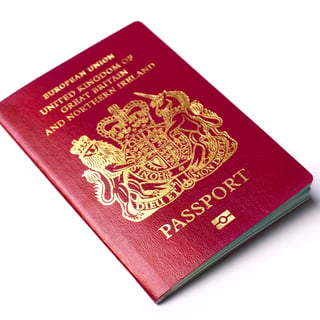
The choice of red for passports is often influenced by a combination of religious and historical factors, particularly in European countries. For instance, within Christianity, the colour red holds special significance, which has contributed to its prevalence in European passports. This religious importance has played a pivotal role in the selection of red.
Furthermore, Nordic countries have embraced the colour red in their passports as a symbol of the Viking tribes, which hold a vital place in their historical heritage. This historical association adds depth to the choice of red as a passport colour in these regions.
Moreover, countries with historical ties to communism or those that uphold socialist and communist principles in contemporary times also frequently incorporate red into their passport designs. This usage of red is a reflection of their political ideologies and historical backgrounds.
Significance of Green Passport Color
The choice of green as the colour for passports carries deep symbolism, often rooted in a nation's religious and historical background. Green is particularly associated with Islam and holds a special place in the passports and flags of many Muslim countries. This preference for green can be traced back to its significant role in Islamic culture and its recognition as the favourite colour of the Prophet Muhammad.
EXAMPLE
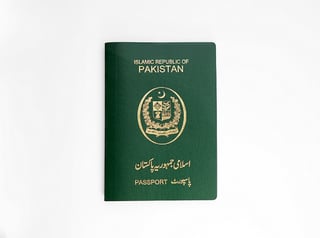
In addition to its religious connotations, green is also regarded as a symbol of nature and peace. This association with nature further enhances its appeal as a passport colour choice.
Moreover, beyond the Muslim world, green is embraced by several African countries for their passports. This can be attributed in part to the member countries of the Economic Community of West African States, which have adopted green as a common colour for their passports. Nations like Nigeria, Burkina Faso, and Senegal are notable examples in this regard.
Interestingly, even the United States had green passports until 1976, and there was a brief return to green passport covers in honour of Benjamin Franklin between 1993 and 1994, before transitioning to the more familiar blue covers.
Significance of Blue Passport Color
Blue ranks as the second most widely used colour for passports across the globe. This colour is predominantly favoured in North and South America, as well as in some Asian countries. The selection of blue is often associated with symbolising the "New World," and it carries various political and modern connotations.
The use of blue in passports is notably exemplified by the United States, where it has become a symbol of the contemporary world. Blue passport covers are commonly chosen for political reasons and to align with certain national objectives. Notably, the territories of the United States, including the Caribbean, Puerto Rico, Guam, and American Samoa, opt for blue passport designs.
EXAMPLE
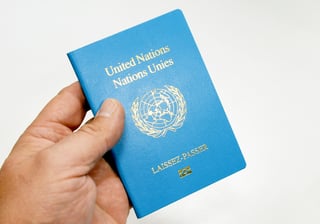
In South America, countries such as Argentina, Uruguay, Paraguay, Venezuela, and Brazil incorporate shades of blue into their passport designs. The influence of Mercosur, a regional economic bloc, is a key factor behind this preference for blue among South American nations. Countries fully engaged in the Mercosur organisation have collectively embraced blue as the colour of their passports.
Furthermore, in Asia, several countries, including India, the United Arab Emirates, Iraq, Syria, Yemen, and Israel, feature blue shades in their passports. However, there is no universally recognized common reason explaining why these countries opt for blue passport designs.
Significance of Black Passport Color
Among the spectrum of passport colours, black stands out as the rarest choice. It is predominantly used in certain African and Asian countries, along with notable adoption in New Zealand. The selection of black as a passport colour is motivated by various factors, including formality and durability.
One compelling reason cited for choosing black is its formal and dignified appearance, making it an attractive option for passports. Additionally, black passport covers tend to show less wear and tear over time, contributing to their popularity.
In some countries like New Zealand, Botswana, and Zambia, the official state colour is black. This factor plays a pivotal role in the decision to use black in their passports, symbolising a strong connection between the nation's identity and the passport colour.
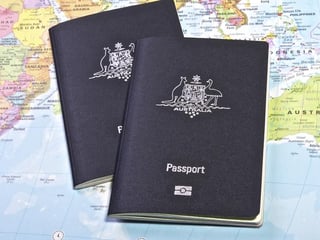
In Africa, countries such as Angola, Congo, and Malawi, as well as Asian nations like Tajikistan and Palestine, prefer various shades of black in their passport designs. For these countries, black holds historical and cultural significance, and its incorporation into passports reflects its importance in their heritage.
Moreover, diplomatic passports from numerous countries, including the United States, feature black covers. This use of black for diplomatic passports further underscores its association with formality and official representation.
Passport Design: Shape, Size, and Colours
The design of passports, including their shape, size, and colours, is not governed by any official global authority. Typically, passports are rectangular in shape, bearing the nation's emblem and name on the cover—a common feature shared by virtually all passports worldwide. Crucially, this format remains consistent for all passports.
The essential information contained within passports is primarily featured on the first or last pages, with guidelines in place concerning the formatting of this information, including factors such as font style and size. In recent years, many countries have introduced biometric passports, incorporating advanced security features and technology to enhance passport authenticity and security. These biometric passports are now used in over a hundred countries globally.
It's important to note that the colour of a passportdoes not inherently denote its strength or power. For instance, both the United States and Syria issue passports with blue covers, yet the Syrian passport is widely recognized as one of the least powerful passports in terms of visa-free access.
Passport colours are influenced by a multitude of factors, and they convey meaningful information about a nation's principles, history, politics, and culture to the global community.
The colour of your passport is an integral part of this communication, offering insights into your nation's character and values to the world at large. In essence, the passport's colour carries a significant cultural and political narrative, enriching the story it tells about both the individual and the nation.
FAQS
Why do passports come in different colours?
Passports come in different colours primarily due to a nation's symbolic and cultural preferences. Each country selects a passport colour that often reflects its history, culture, and values.
Are passport colours standardised globally?
No, there is no global standard for passport colours. The choice of passport colour is entirely at the discretion of each country, and it can vary widely.
What is the most common passport colour?
The most common passport colours are red and blue. Red is frequently used in European and Muslim-majority countries, while blue is often seen in North and South America.
Are there any universal meanings associated with passport colours?
Passport colours do not have universal meanings in terms of a passport's strength or access. They are more closely tied to each nation's history, culture, and political factors.
What is the significance of green passports?
Green passports are often chosen by Muslim-majority countries, as green holds significance in Islam and is considered the favourite colour of Prophet Muhammad. Some African nations also use green in their passports.
Why are some passports black?
Black passports are relatively rare and are often chosen for their formal and durable appearance. Some countries, like New Zealand and Botswana, use black as their official state colour, influencing their passport design.
